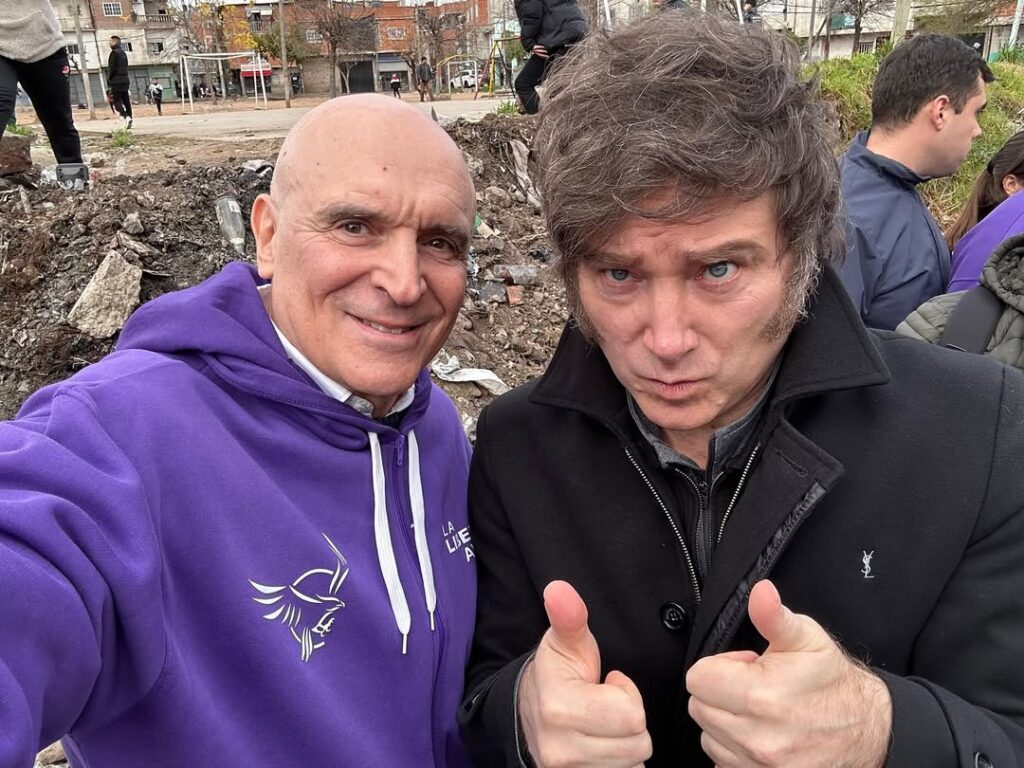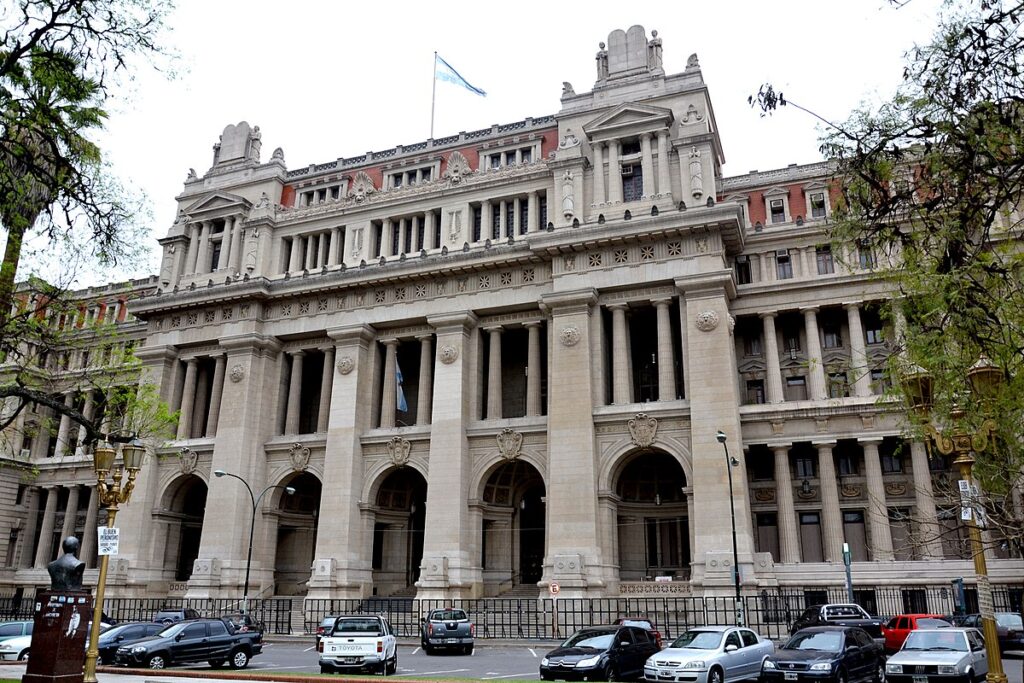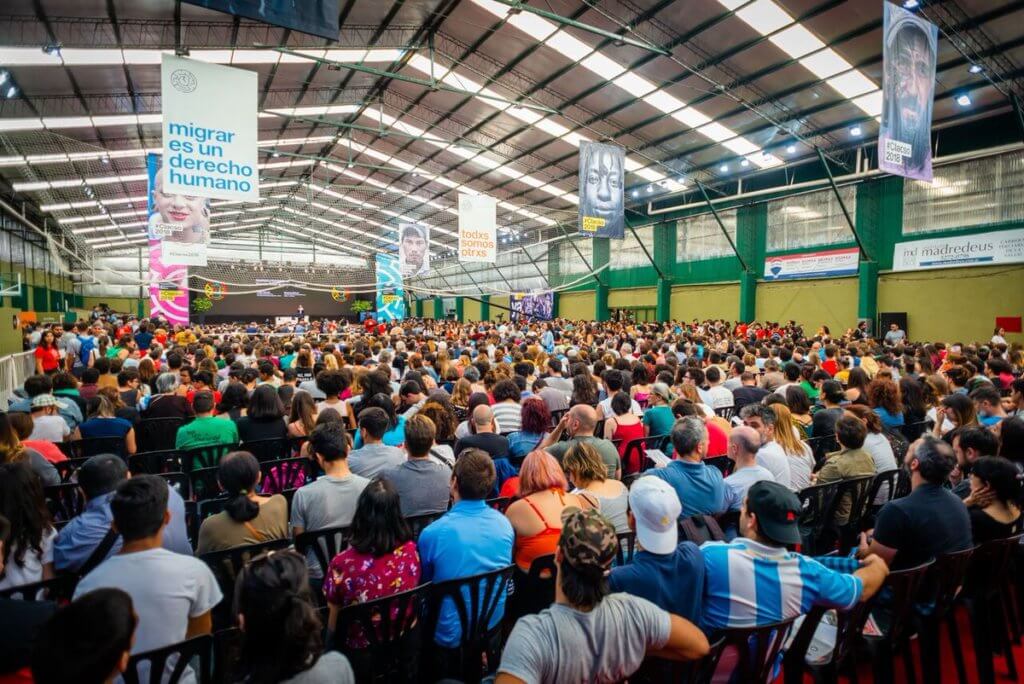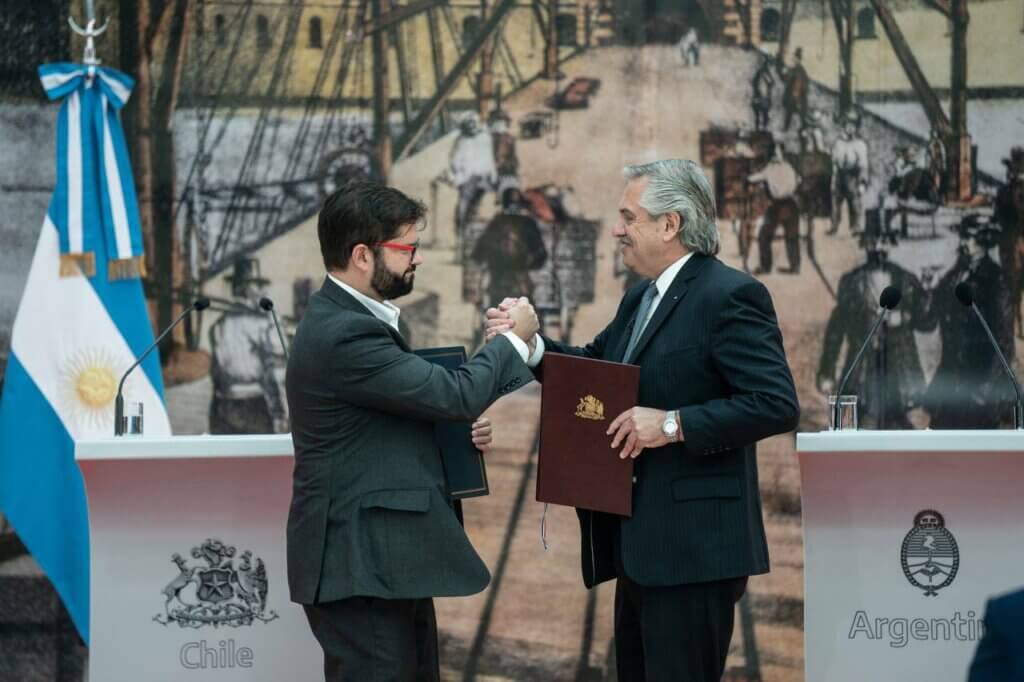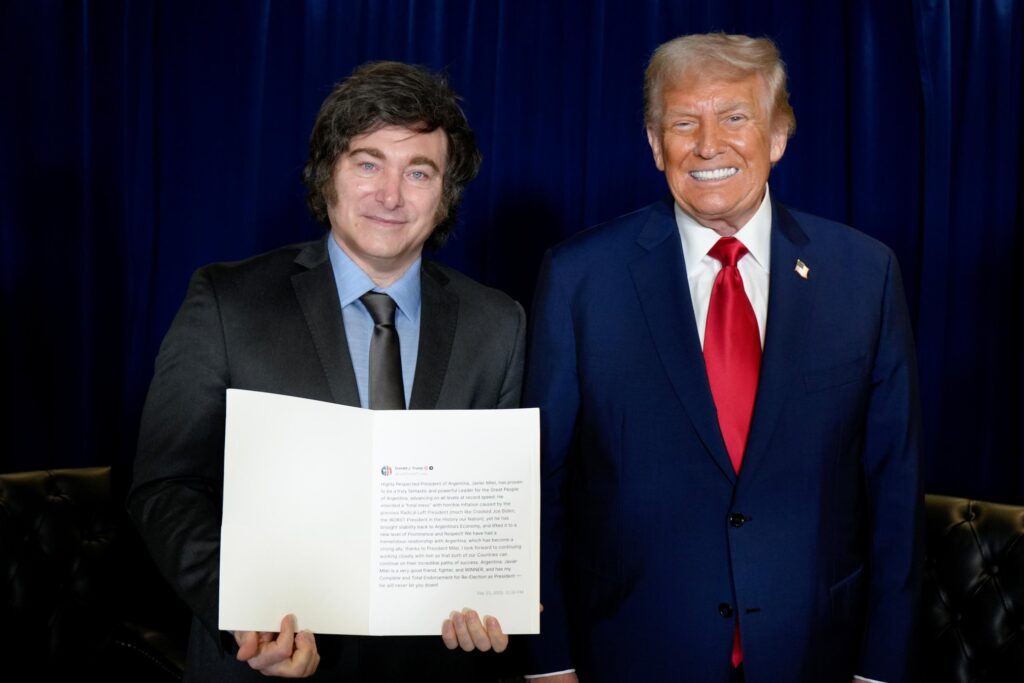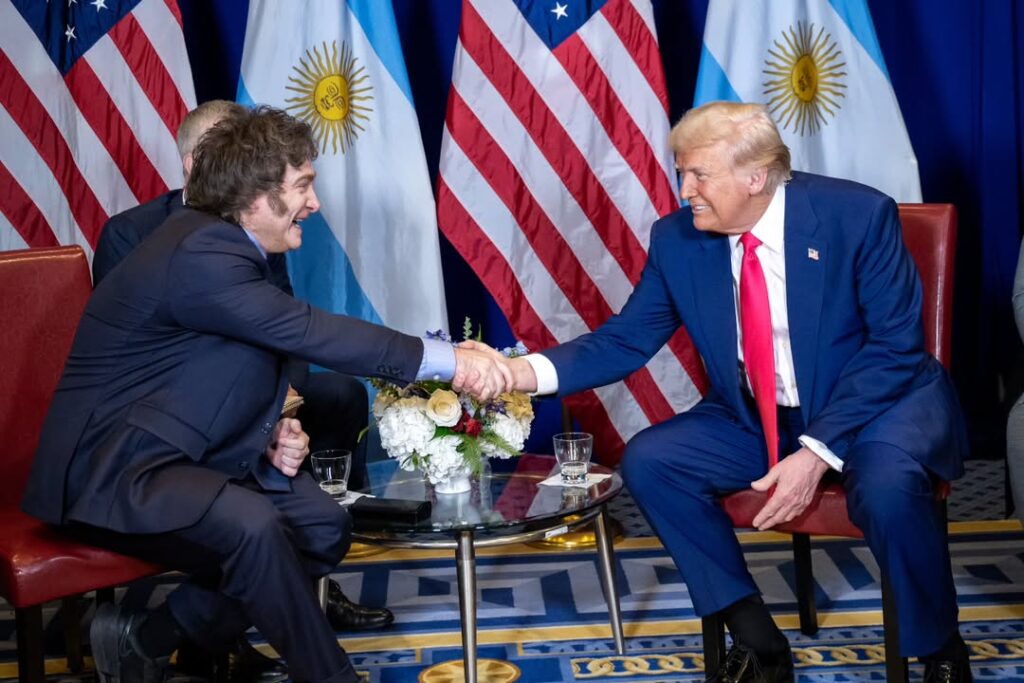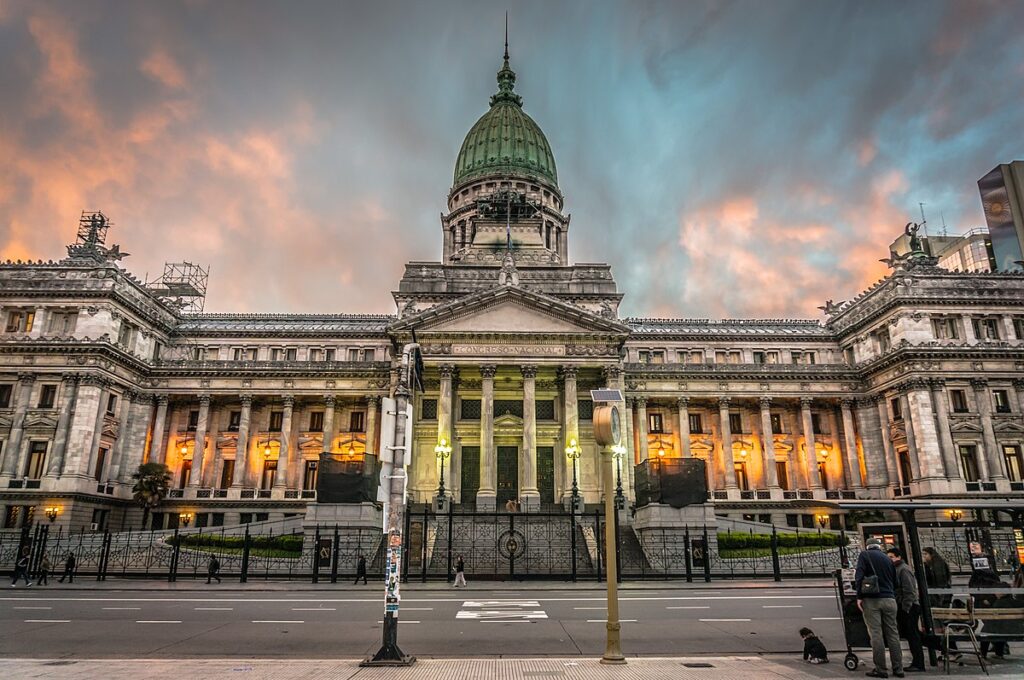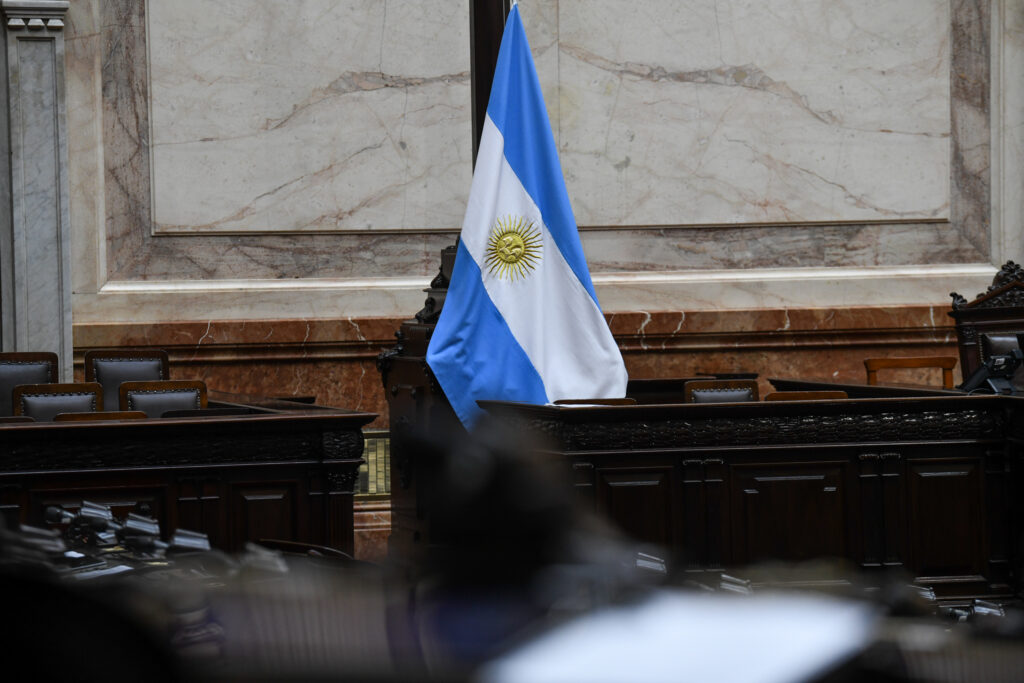Argentina’s Minister of National Security, Patricia Bullrich, is reportedly looking to transfer prisoners convicted of dictatorship-era crimes to a facility denounced by activists as a “VIP prison”.
Argentine newspaper Página 12 reported that several convicted perpetrators of crimes against humanity are amongst the prisoners the government is hoping to transfer.
If the government goes through with the plans, the prisoners will be moved from the Federal Penitentiary Complex VII in the city of Ezeiza, about 60 kilometers north to the Unit 34 prison in the military base of Campo de Mayo.
Among the prisoners is Alfredo Astiz, known as Argentina’s “angel of death”. In 2011, he was jailed for life alongside 11 other perpetrators of crimes against humanity. He had previously bragged about being “the best-trained man in Argentina to kill journalists and politicians,” telling a local magazine in 1998: “I’m not sorry for anything.”
Astiz infiltrated the Mothers of Plaza de Mayo human rights group, which was established to help relatives find their “disappeared” family members, and orchestrated the kidnap and murder of its three founders: Azucena Villaflor, Esther Ballestrino, and Maria Ponce.
He was also convicted in absentia in 1990 in a French court for the murder of French nuns Alice Domon and Leonie Duquet, who disappeared while detained at the clandestine detention center in the Navy Mechanics School (ESMA).
Astiz has reportedly requested that he be assigned an individual cell.
The country’s Federal Penitentiary Service (SPF) says that the potential move is a result of overcrowding. Currently, Penitentiary Complex VII is divided into two areas: one for women and one for criminals convicted of crimes against humanity; the SPF claims that it needs to create more space to house female prisoners.
Nineteen prisoners convicted of dictatorship-era crimes are set to be transferred, among them well-renowned names such as Ricardo Cavallo, Rodolfo Cionchi, Alberto González, Carlos Guillermo Suárez Mason (junior), Adolfo Miguel Donda, Jorge Radice, Antonio Pernías, and Luis Navarro.
Unit 34, the prison to which the government wants to transfer the detainees, is home to tennis courts, walking trails, allotments, and a gym with equipment. There is also one fridge for every two prisoners, and several prisoners have a television in their cell, according to the National Secretariat of Human Rights (SDH).
Cavallo and Pernías reportedly joined Astiz in requesting individual cells, so as to avoid “worsening” their detention conditions, and asked that they continue to be allowed to Skype their family members.
Human rights group HIJOS Capital published a response to the news on Instagram declaring,“We condemn VIP prison for genocide perpetrators. The only place for a genocide perpetrator is a regular prison.”
The group also said: “We categorically reject the possibility of privileges for perpetrators of genocide. We never seek revenge, but justice,” adding, “The transfer of the perpetrators of genocide to Campo de Mayo is not a solution to the prison overcrowding that affects almost all detainees.”
Mabel Careaga, the daughter of Esther Ballestrino, said, “Bullrich’s decision to transfer the perpetrators of the genocide from the Ezeiza prison, where they already enjoy privileged detention conditions, to the Campo de Mayo detention center—which cannot be called a prison—is another step along the path initiated by the current government to achieve impunity for the perpetrators of the genocide and systematically lie about the military dictatorship, state terrorism, and the disappearance of people.”
Osvaldo Barros, who was detained in ESMA along with his partner, declared: “We condemn Bullrich’s decision. It’s a step toward impunity for the perpetrators of genocide. Campo de Mayo is a VIP prison, and the perpetrators of genocide belong in regular prisons,” according to Página 12.
In July of last year, six members of Milei’s La Libertad Avanza (LLA) party visited Astiz and other convicted criminals in prison. The visit sparked significant controversy, with human rights activists accusing the government of sympathising with “genocide perpetrators” and committing “an affront” to victims of the dictatorship and their relatives.
Featured image credit:
Image: Demonstration of Mothers of the Plaza de Mayo, Buenos Aires, 2010
Photographer: David Berkowitz
Source: https://www.flickr.com/photos/davidberkowitz/5269242285
License: https://creativecommons.org/licenses/by/2.0/



